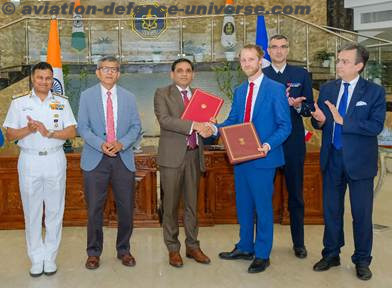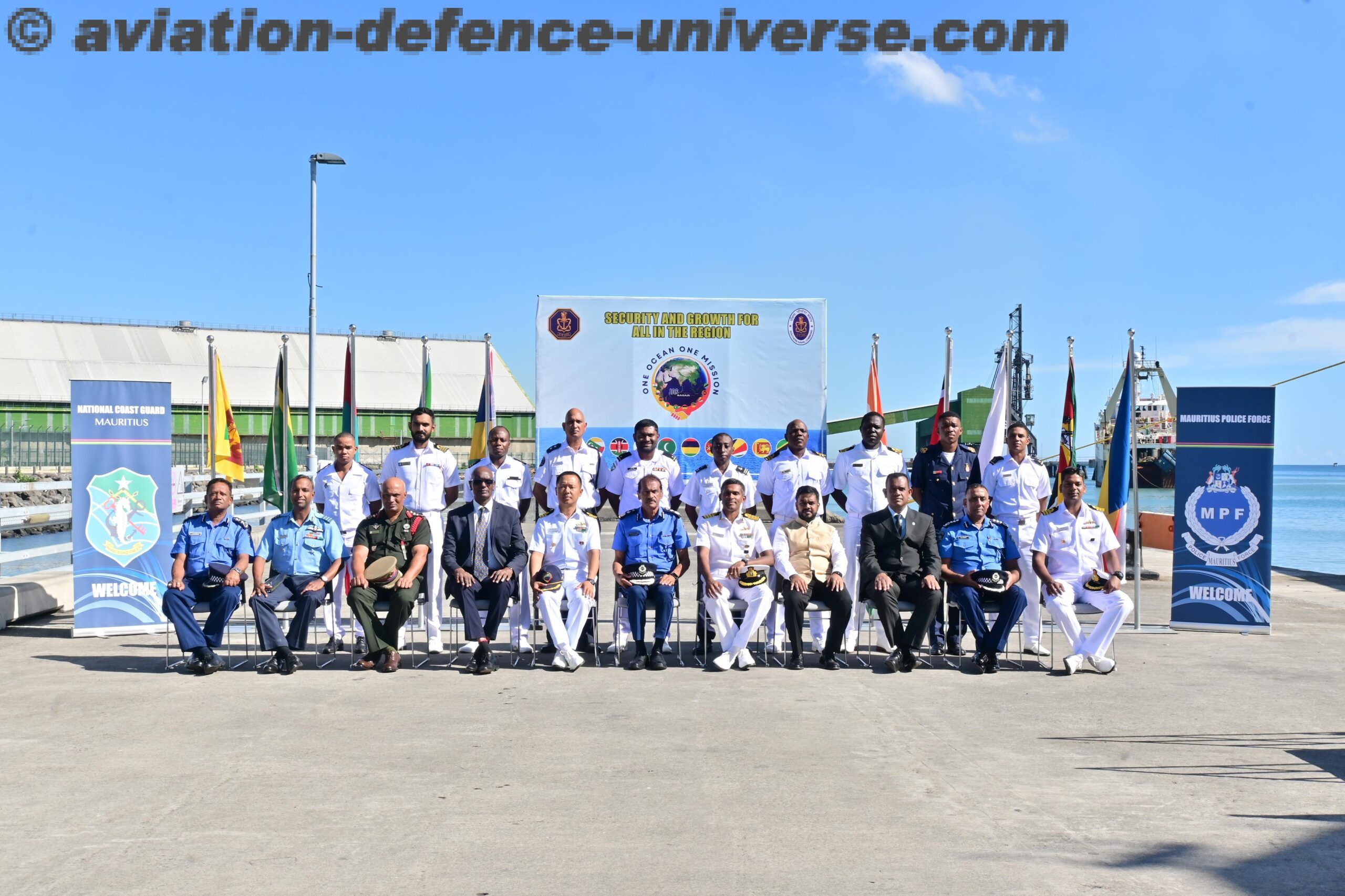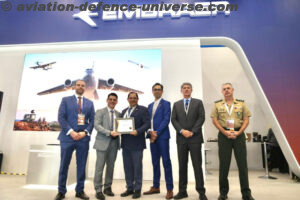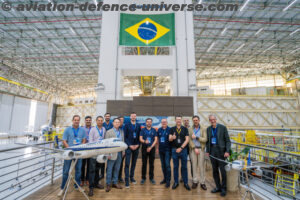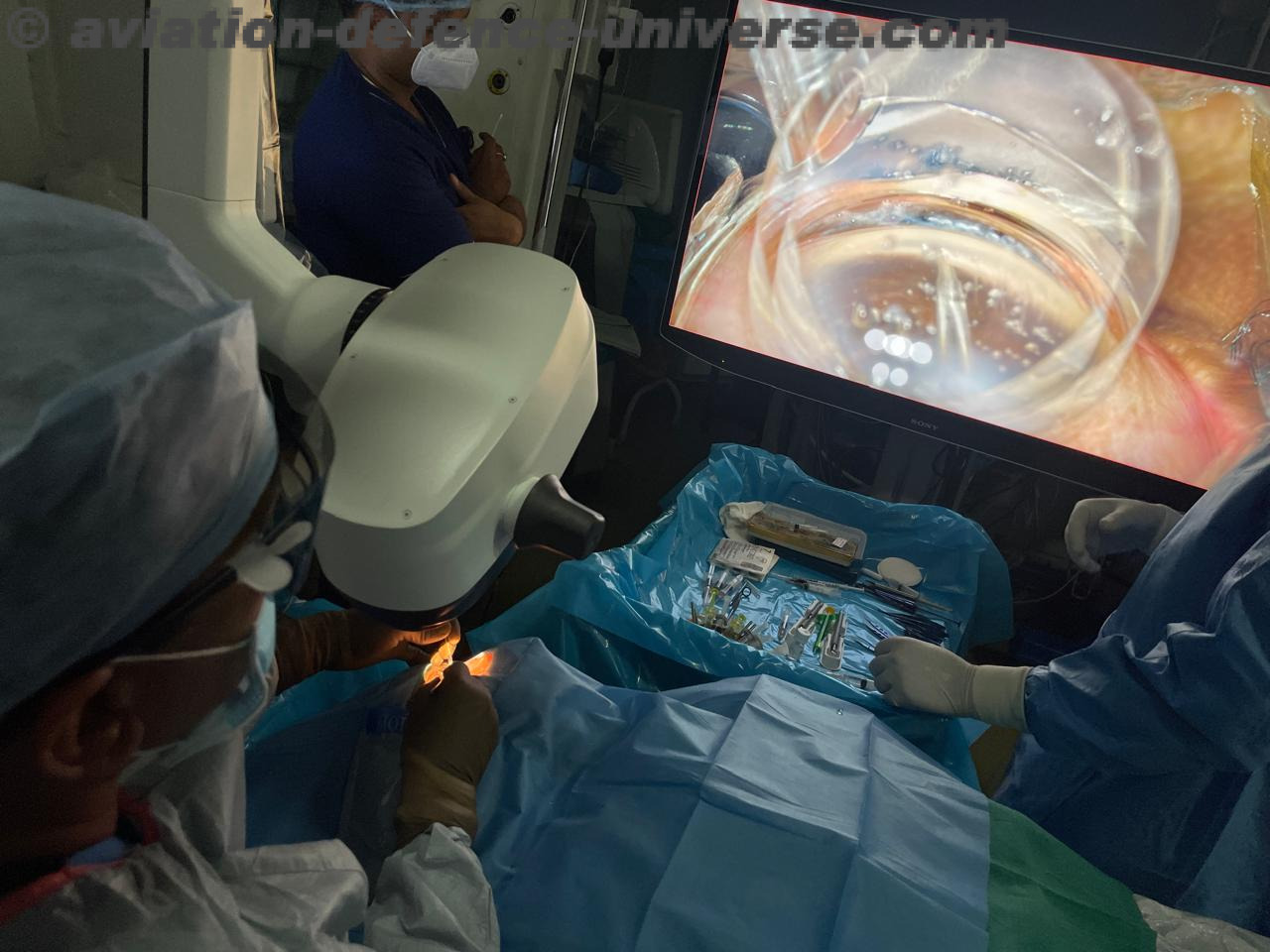By Our Special Correspondent
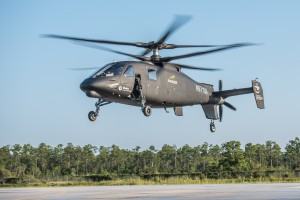 New Delhi. After the successful first flight of the S-97 RAIDER™ helicopter, a rigid coaxial rotor prototype designed to demonstrate a game-changing combination of maneuverability, hover ability, range, speed, endurance and survivability, a next-generation attack helicopter platform so advanced that it can reach speeds more than 220 knots, fly as high as 10,000 feet in 95° of heat a helicopter seems to be all set to revolutionize next-generation military aviation.
New Delhi. After the successful first flight of the S-97 RAIDER™ helicopter, a rigid coaxial rotor prototype designed to demonstrate a game-changing combination of maneuverability, hover ability, range, speed, endurance and survivability, a next-generation attack helicopter platform so advanced that it can reach speeds more than 220 knots, fly as high as 10,000 feet in 95° of heat a helicopter seems to be all set to revolutionize next-generation military aviation.
The first flight was conducted at Sikorsky’s Development Flight Center (DFC) where the two-prototype RAIDER™ helicopter test program is based. During the flight, which lasted approximately one hour, RAIDER Pilot Bill Fell and Co-Pilot Kevin Bredenbeck took the aircraft through a series of maneuvers designed to test the aircraft’s hover and low-speed capability. With first flight achieved, the RAIDER helicopter now moves into more progressive flight testing to demonstrate key performance parameters critical to future combat operations including armed reconnaissance, light assault, light attack and special operations.
The RAIDER helicopter program is part of the portfolio of Sikorsky Innovations, the technology development organization within Sikorsky Aircraft’s Research & Engineering division. Sikorsky had selected 35 companies to join its team for assembling two prototype S-97 Raiders for light recce helicopters. This helicopter prototype features twin coaxial counter-rotating main rotors (in place of one main rotor and a tail rotor) and a pusher propeller. For the armed reconnaissance mission, it will have space in the cockpit for armament and auxiliary fuel.In an assault configuration, the cabin will afford space to accommodate up to six troops. Compared with other light military helicopters, the Raider prototypes are expected to significantly reduce turning radius and acoustic noise signature, while significantly increasing the aircraft’s payload, flight endurance and hot and high hover capability area.
It will also incorporate a gearbox on the propeller to allow the pilot to disengage or engage the propulsor in flight and a cockpit with the options to fly with two pilots, one pilot or autonomously. Sikorsky has reserved space in the S-97 to install a targeting sensor with a forward-looking infrared camera, but it will not be included in the demonstration programme. GE will provide its YT706-GE-700R engines and engineering support for the Raider program.
One prototype is expected to be used for flight testing, while the second is planned for use as a demonstrator. The second RAIDER helicopter prototype is on track to complete final assembly in 2015. A demonstration tour of the RAIDER helicopter is planned for 2016. The new innovative machine should be right for the desert as well as the Himalayan heights that pose a challenge to IAF and Indian Army fliers in their operational area.












